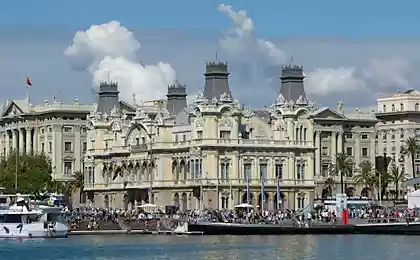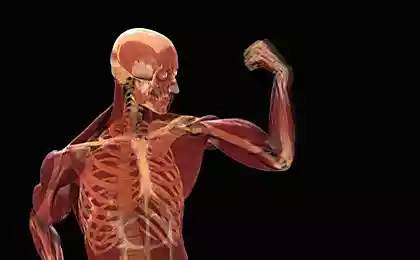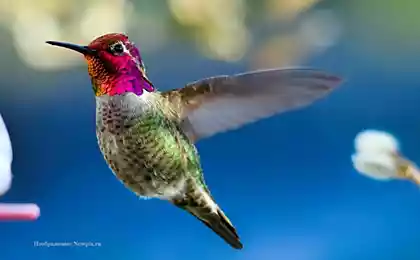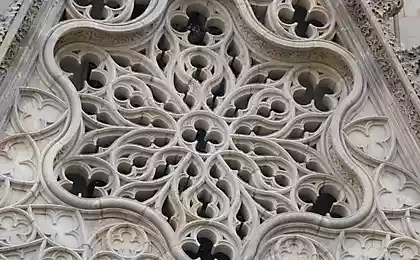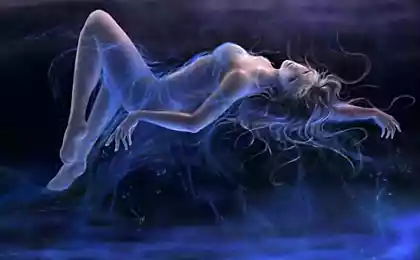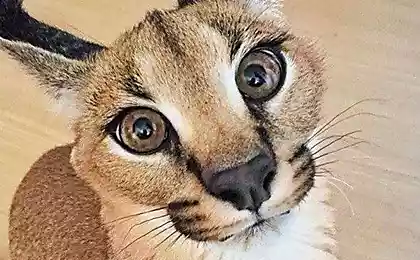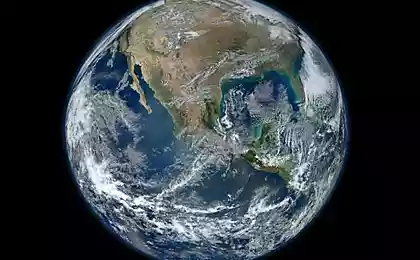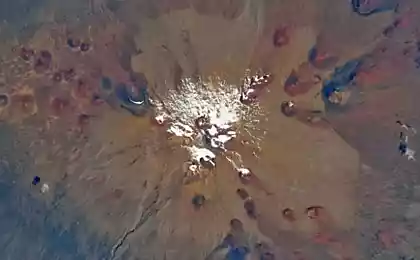2298
10 interesting facts about the Eskimos
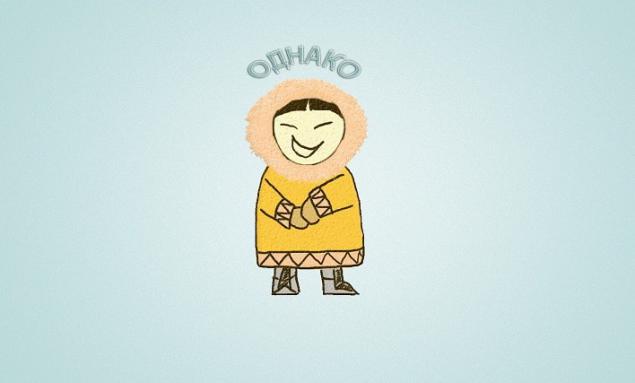
Huskies - is an amazing nation, whose culture is completely adapted to the conditions of the Far North. But what we know about them yet? Perhaps only that all their lives they are a continuous struggle with the harsh elements. Today we offer to get acquainted with the amazing facts from the life of the indigenous people inhabiting the territory of Chukotka from the east side to Greenland.
We have become accustomed to the fact that the term "Eskimo" is used in a neutral context. However, the English people used another name - "Inuit". The reason for this is that the very name of the Inuit perceive their nation as offensive - he allegedly translated means "one who eats raw meat».
Eskimo kiss - it is not even a kiss, but just a slight touch and mutual friction noses. It is assumed that the cold Eskimos do not kiss on the lips because it may freeze to each other. But in fact they are not covered clothes only the eyes and nose, so with their help, and they greet each other.
Eskimos eat mainly products derived from hunting and gathering. The basis of the diet is meat walruses, beluga whales, seals, reindeer, polar bears, musk oxen, birds and their eggs. Since engage in agriculture in arctic climate is not possible, the Inuit collect tubers, stems, roots, seaweed, berries, which can be found in not very large quantities. Vegetarians in such circumstances would have to be very difficult. Inuit believe that a diet consisting, in the majority of the meat is useful and helps to retain heat.
Traditional snow houses the Inuit called "the needle." Built of snow "bricks" in the form of a hemisphere the needle is the best option for overnight stays in the mountains: for comfort and reliability it can not be compared, no tent. And despite the fact that housing is made of snow, within a pleasant warmth. The needle usually has a height of about 2 m and a diameter of 3-4 m.
Perhaps, in every culture has its own specific monsters and monsters of legend. Eskimos fear kalupiluka (Qalupalik or Kallupilluk) - a ghost that is just waiting to steal unwary people to the bottom of the sea ice. At the same time such fears are not without common sense - to fall into the icy water in the north is death.
In 1912, a Canadian anthropologist and polar explorer Stefansson Vilyamur opened "Eskimo-blondes" on Victoria Island. This was one of the biggest mysteries in archeology North. Presumably before tribe lived on the island of Scandinavia, which has been supplanted by the Eskimos.
The Eskimo language has more than 75 words for snow. In 1911, anthropologist Franz Boas pointed out that the Eskimos have four unrelated words denoting this white stuff. Perhaps, over time, this number has increased by several orders of magnitude.
Lack of iron armor Eskimos in ancient times is due to only one obvious option: it was not anything else to do them. A need has protection. Therefore, armor made of what was at hand - from the bones and tusks of animals.
Contact with other cultures opened Eskimos access to firearms and other types of modern weapons, traditional weapons but the Inuit were mostly made of wood and stone. The main weapons for marine hunting Eskimos had a harpoon tipped with swivel.
Inuit, in fact, similar to the live semi-nomadic tribes, such as the Australian Aborigines. The poor and abandoned, many of them suffer from alcoholism. Harsh climatic conditions favor the development of many diseases, so the fact that the Eskimos still survive and continue to exist, can not fail to amaze.
10 examples in other words when communicating with the child
Why prisoners in Brazilian prisons are so many readers?
